Transform Your Eugene Oregon Home with Expert Skylight Installation
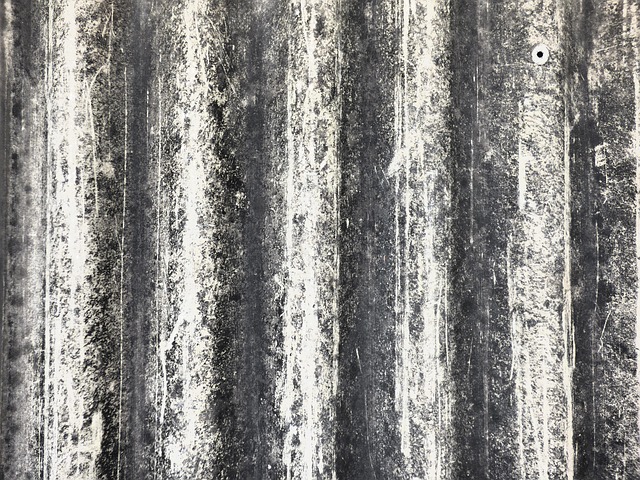
Installing a skylight in Eugene, Oregon, upgrades your home with natural light and energy efficiency…….
We are At Your Service
Welcome to an in-depth exploration of a transformative concept that has captured the imagination of architects, builders, and homeowners alike – Skylight Installation in Eugene, Oregon. This article aims to guide readers through the intricate world of skylights, delving into their history, design, impact, and future potential, all within the specific context of Eugene’s vibrant landscape. By the end, you’ll understand why this seemingly simple addition to a building can have profound effects on aesthetics, energy efficiency, and community well-being.
What is Skylight Installation?
Skylight installation refers to the process of integrating skylights—windows strategically positioned in a roof or ceiling—into architectural structures. These openings allow natural light to penetrate interior spaces, enhancing both functionality and aesthetics. In the context of Eugene, Oregon, a city known for its lush greenery and progressive urban planning, skylights have become an integral part of modern building design, promoting sustainability and connecting residents with the outdoors.
Key Components:
The concept of bringing natural light into interior spaces through skylights dates back centuries, with early examples found in ancient Roman and Greek architecture. However, its modern evolution is a testament to the 20th-century architectural movement that prioritized functionality, natural lighting, and a connection to nature.
In Eugene, as in many cities worldwide, skylight installation gained popularity during the mid-20th century, driven by:
The influence of skylight installation extends far beyond Eugene’s borders, shaping architectural trends and housing preferences globally. Here’s a glimpse into the international impact:
The economic landscape surrounding skylight installation is dynamic and multifaceted, influenced by various factors:
| Factors | Impact |
|---|---|
| Market Demand | Strong demand from both residential and commercial sectors, driven by a desire for energy-efficient, aesthetically pleasing spaces. |
| Cost of Materials | Prices of high-quality glass, skylight units, and installation labor fluctuate, affecting project budgets. |
| Local Regulations | Building codes and permits can either facilitate or hinder skylight installation, impacting construction timelines and costs. |
| Energy Efficiency Incentives | Government grants and tax benefits encourage the adoption of energy-efficient technologies, including skylights. |
Investment Patterns:
The field of skylight installation has witnessed remarkable technological breakthroughs that have transformed both its functionality and design possibilities:
Skylight installation, like any construction project, is subject to local building codes, zoning regulations, and energy efficiency standards. These policies play a crucial role in shaping the skylight industry in Eugene and beyond:
Despite its numerous benefits, skylight installation faces certain challenges and criticisms that require thoughtful strategies to address:
Initial Cost: High upfront costs for high-quality materials and professional installation can deter some homeowners and developers.
Solution: Highlight long-term energy savings and increased property value to offset initial expenses. Offer financing options and grants to make it more accessible.
Maintenance: Proper maintenance is essential for keeping skylights functioning optimally. Regular cleaning and sealing are necessary, especially in regions with harsh climates.
Strategy: Educate homeowners about maintenance requirements and provide access to easy-to-follow guides or professional maintenance packages.
Privacy Concerns: In urban areas, skylights must address privacy issues, particularly regarding neighboring properties.
Addressing It: Implement creative design solutions like internal blinds or light tunnels that direct light downward while preserving privacy.
Building Shadowing: Skylights in lower floors may be affected by adjacent structures casting shadows, reducing natural light availability.
Mitigation: Optimize skylight placement and size to minimize shadowing effects. Consider combining skylights with other windows for better lighting distribution.
In the heart of Eugene, a modern residential project stands as a testament to the power of skylight installation. The Green Residence, a sustainable housing development, incorporates expansive skylights throughout its units. These skylights not only provide ample natural light but also double as insulation, helping regulate indoor temperatures. The result is a series of bright, airy homes that foster a connection with nature while promoting energy efficiency.
Lessons Learned:
Located near downtown Eugene, the Skywalk Office Complex is a prime example of commercial space transformation through skylight installation. The building’s original design featured limited natural light, but a recent renovation incorporated large, custom-sized skylights on multiple levels. The effect is stunning—open, bright offices with sweeping views of the surrounding forest, creating an inspiring work environment for tenants.
Key Takeaways:
The future of skylight installation in Eugene and beyond looks promising, with several emerging trends and growth areas:
Skylight installation in Eugene, Oregon, is more than just a building feature; it’s a catalyst for positive change, driving sustainability, aesthetics, and community development. From its historical roots to its futuristic possibilities, skylights have evolved to meet the evolving needs of modern living. As technology advances and design principles evolve, the potential for skylights to enhance our indoor environments continues to grow.
By embracing this concept, Eugene solidifies its reputation as a forward-thinking city that values both environmental stewardship and architectural innovation. The journey ahead promises exciting possibilities, with skylights shining brighter than ever in shaping the spaces where we live, work, and play.
Q: How much does skylight installation cost?
A: Costs vary widely depending on size, type of skylight, location, and building materials. On average, expect to spend between $5000 and $20,000 for a standard residential installation, while commercial projects can range from $10,000 to $50,000 or more.
Q: Can skylights be installed in existing buildings?
A: Absolutely! Skylight installation is not limited to new construction. Skilled contractors can add skylights to most existing structures, subject to structural integrity and local building codes.
Q: Do skylights require much maintenance?
A: With proper care, skylights can last for decades. Regular cleaning to remove debris and sealing to prevent water leakage are essential. Some advanced skylight systems have self-cleaning or automated sealing mechanisms for reduced maintenance.
Q: How do skylights affect energy efficiency?
A: Skylights can significantly improve energy efficiency by providing passive solar heating during colder months and helping to cool buildings in the summer, reducing the need for artificial lighting and climate control. Proper insulation and shading controls further enhance energy savings.
Q: Are there any privacy concerns with skylights?
A: While skylights offer natural light, they can also expose interior spaces to view from outside. Creative design solutions, such as internal blinds or diffusers, can address privacy issues while still allowing ample light. Consult with architects for tailored solutions.

Installing a skylight in Eugene, Oregon, upgrades your home with natural light and energy efficiency…….

Skylight leaks in Eugene, Oregon, are common due to climate and weather. Efficient repair requires i…….
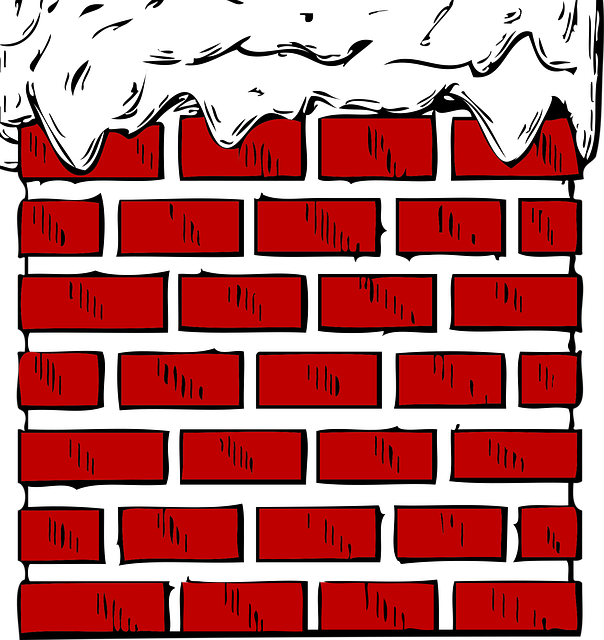
Skylights in Eugene, Oregon homes offer natural light, energy efficiency, and seasonal temperature c…….
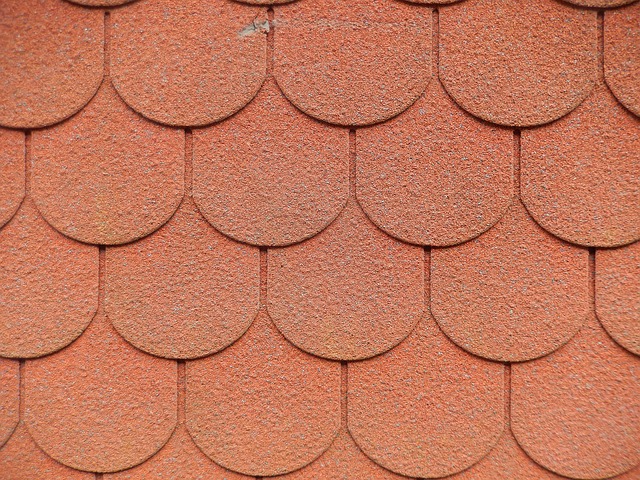
Skylight Installation Experts in Eugene, Oregon, transform spaces with natural lighting solutions. C…….
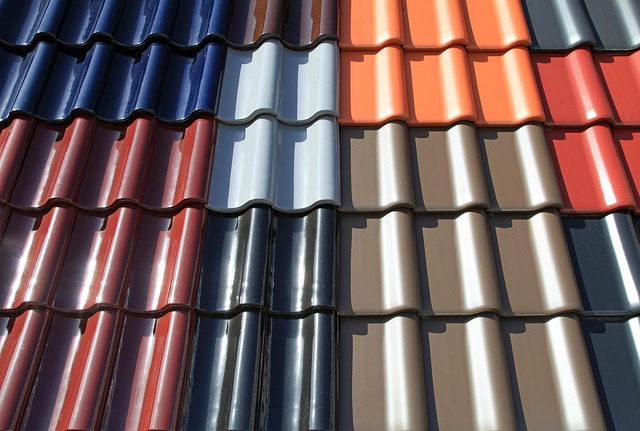
Skylights in Eugene, Oregon, offer aesthetic and energy benefits, reducing heating/cooling costs and…….
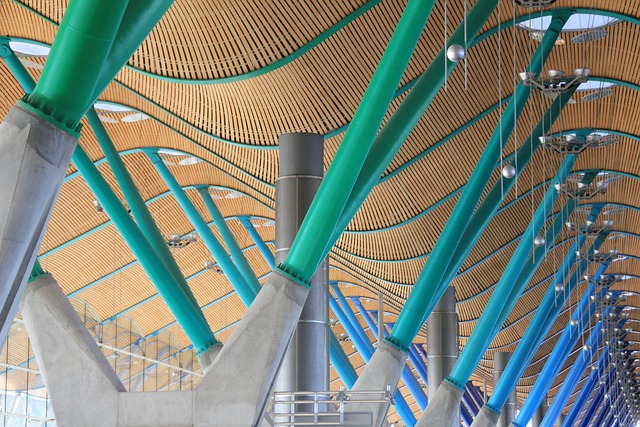
Installing a skylight in Eugene, Oregon involves assessing roof suitability, choosing the right type…….
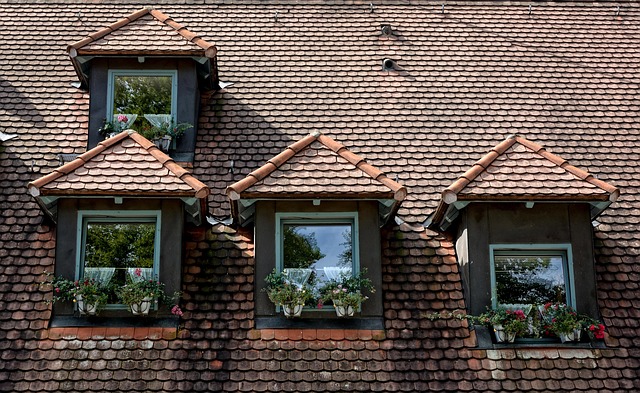
Eugene, Oregon residents face skylight leaks from poor installation, damaged seals, and weather. Reg…….
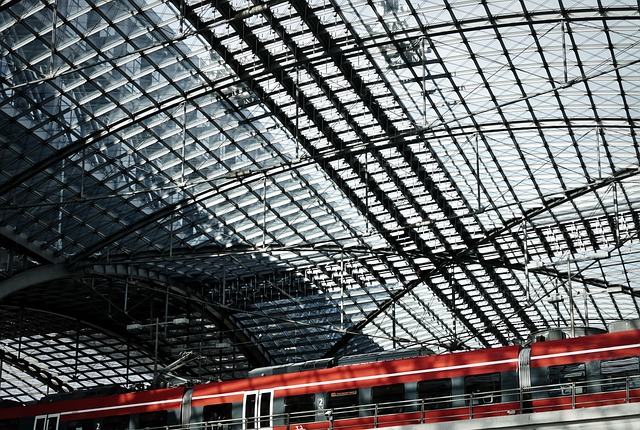
When installing a skylight in Eugene, Oregon, thoroughly evaluate contractors specializing in skylig…….